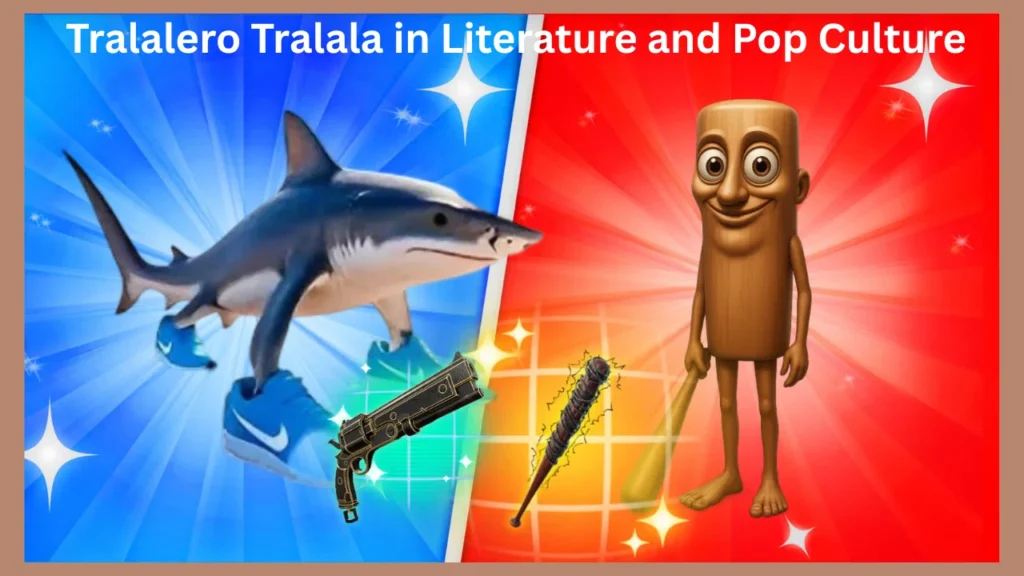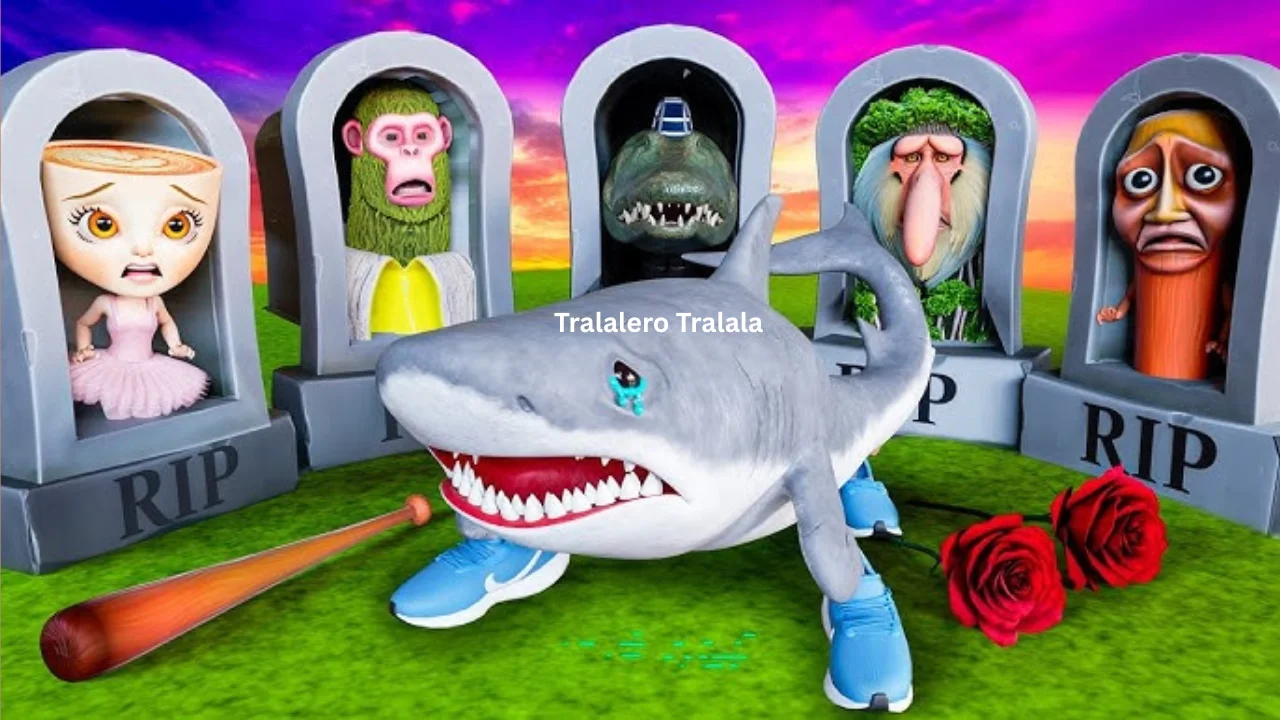Tralalero tralala may sound whimsical at first, but it holds deep cultural and musical significance. Rooted in ancient European traditions, this phrase has often been linked to folk songs, vocal harmonies, and poetic expressions passed down through generations. Whether you hear it sung in a village square or find it in literature, tralalero tralala is more than a sound—it’s a cultural echo.
This article dives into its history, meaning, musical significance, and its modern presence in both performance and popular culture.
ALSO READ: Newsweek Wordle Hint Today Game Changer
Origins and Etymology
The origins of tralalero tralala trace back to the traditional vocal music of Northern Italy, particularly the Genoese trallalero genre. In this context, “tralalero” refers to non-lexical vocables—nonsense syllables used to imitate instruments or enrich a melody.
“Tralala” has a similar role in folk songs across Europe, often symbolizing joy, rhythm, or even satire. When combined as tralalero tralala, the phrase blends two folk traditions into a melodic chant that expresses mood and emotion without the need for actual words.
ALSO READ: Ar15.Com Forum Customization And Support
Musical Structure and Usage
What Makes Tralalero Unique?
Tralalero tralala is often used in ensemble singing with multiple vocal layers. Traditionally, trallalero features:
- Bass voices to form the foundation.
- Contralto and tenor parts that add melody.
- A solo “chitarra” voice that mimics the sound of a guitar with vocals.
- Non-lexical “tralalero” or “tralala” phrases to fill instrumental gaps.
The result is a rich, polyphonic sound that doesn’t rely on lyrics to move the audience. Tralalero tralala appears in choruses or refrains to enhance rhythm and encourage group participation.
Cultural Significance in European Traditions
Across Europe, especially in Mediterranean countries, similar syllabic chants appear in:
- Spanish flamenco
- French chanson
- Eastern European lullabies
In each tradition, phrases like it serve as emotional fillers—perfect for expressing laughter, irony, or lament. These patterns helped early musicians overcome language barriers and communicate universal feelings through sound alone.
Folk dancers, bards, and troubadours often used these nonsensical yet musical expressions to bring communities together during celebrations, weddings, or festivals.
Symbolism Behind Tralalero Tralala
The Power of Nonsense Syllables
Even without meaning in the literal sense, tralalero tralala holds symbolic power. Here’s why:
- Joy and playfulness – The repeating “la” syllables mimic laughter or lightheartedness.
- Shared identity – Repetition in community singing reinforces cultural identity.
- Rhythmic connection – The cadence of the phrase easily matches musical tempos.
The phrase becomes a blank canvas where singers can project emotion—be it happiness, nostalgia, or unity.
Tralalero Tralala in Modern Music
While its roots are old, tralalero tralala still appears in modern forms. Contemporary musicians borrow this technique for stylistic effect. Pop, indie, and world music often use tralala-style vocals in:
- Bridges or choruses to change mood
- Child-like melodies to evoke innocence
- Instrumental breaks filled with vocal sounds
Artists like Björk, Beirut, and even The Beatles have used similar vocal stylings to break lyrical form and connect more deeply with their audience.
Tralalero Tralala in Literature and Pop Culture

Beyond music, tralalero tralala has appeared in:
- Children’s books as onomatopoeia for singing or laughter
- Poems and rhymes as a filler in lyrical structures
- Cartoons and animation as a musical motif
The phrase, or versions of it, often symbolizes imagination, fantasy, or even absurdity. Its usage suggests a world where sound can tell stories as effectively as words.
Educational and Therapeutic Uses
In music education and therapy, it plays a practical role. Teachers use syllabic chants like these to:
- Teach rhythm and melody to beginners
- Reduce performance anxiety through playful singing
- Encourage vocal improvisation
In therapeutic contexts, nonsensical singing promotes emotional expression and stress relief. The simplicity of it helps participants of all ages engage in music without fear of “getting it wrong.”
Global Variations of Tralalero Tralala
Though this specific phrase may be tied to European traditions, the structure of it has global cousins:
| Region | Phrase Type | Example |
|---|---|---|
| India | Vocables in classical music | “tanana, tarana” |
| West Africa | Percussive chants | “la-la-le, lo-le” |
| Japan | Children’s songs | “ra-ra-ra, sho-sho-sho” |
| USA | Scat singing in jazz | “shoobie-doo, tra-la-la” |
These examples show how universal the idea behind it is—cultures worldwide have invented their own joyful syllables to fill the gaps between music and speech.
How Tralalero Tralala Lives On
Folk Festivals and Performances
In Italy and beyond, folk choirs still perform trallalero music at cultural festivals. You may hear it at:
- Ligurian music celebrations
- Regional harmony competitions
- World folk music stages
Audiences join in with clapping, stomping, or humming the familiar “tralala” phrases, keeping the tradition alive.
Internet Revival
On platforms like YouTube, TikTok, and Instagram, musicians and creators are rediscovering vocal traditions. Some include tralalero tralala as part of world music content, educational shorts, or nostalgic folk covers. Hashtags and short-form video have brought ancient sounds back into digital relevance.
Why Tralalero Tralala Still Matters
In an age of autotune and electronic production, it reminds us of something simpler: the human voice as instrument. Its power lies not in the words but in the spirit behind them. Whether used to express joy, sorrow, unity, or imagination, the phrase connects us to centuries of song and shared emotion.
Frequently Asked Questions
Is tralalero tralala a real word?
No, it’s a collection of syllables often used in folk music to mimic melody or instruments. It doesn’t have a fixed meaning.
Where does tralalero tralala come from?
It blends elements of Genoese trallalero singing with the broader “tralala” tradition found in European folk music.
Why do musicians use tralalero tralala?
To create rhythm, express emotion, or connect with listeners beyond language. It’s also useful in chorus sections and audience participation.
Can children use it in songs?
Yes! Its playful sound and simplicity make it great for kids learning music or enjoying sing-alongs.
Does it appear in modern songs?
Yes, similar syllabic patterns appear in indie, jazz, and world music. It’s a stylistic tool used for mood and melody.
Conclusion
Tralalero tralala is more than a catchy phrase—it’s a living tradition of sound. From ancient Genoese port towns to modern-day global stages, this simple string of syllables continues to unite voices and bridge cultures. Whether you hear it at a village festival or in a viral video, it carries with it the essence of joy, community, and musical creativity.
So next time a melody calls for a bit of extra color, don’t be afraid to sing it loud: tralalero tralala!
